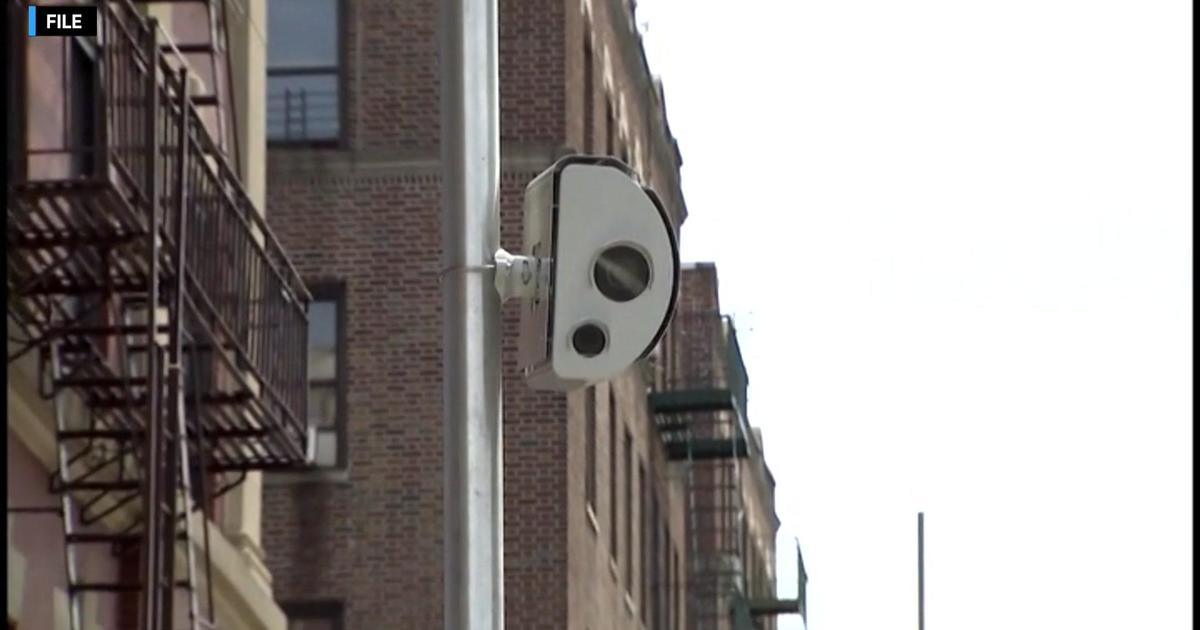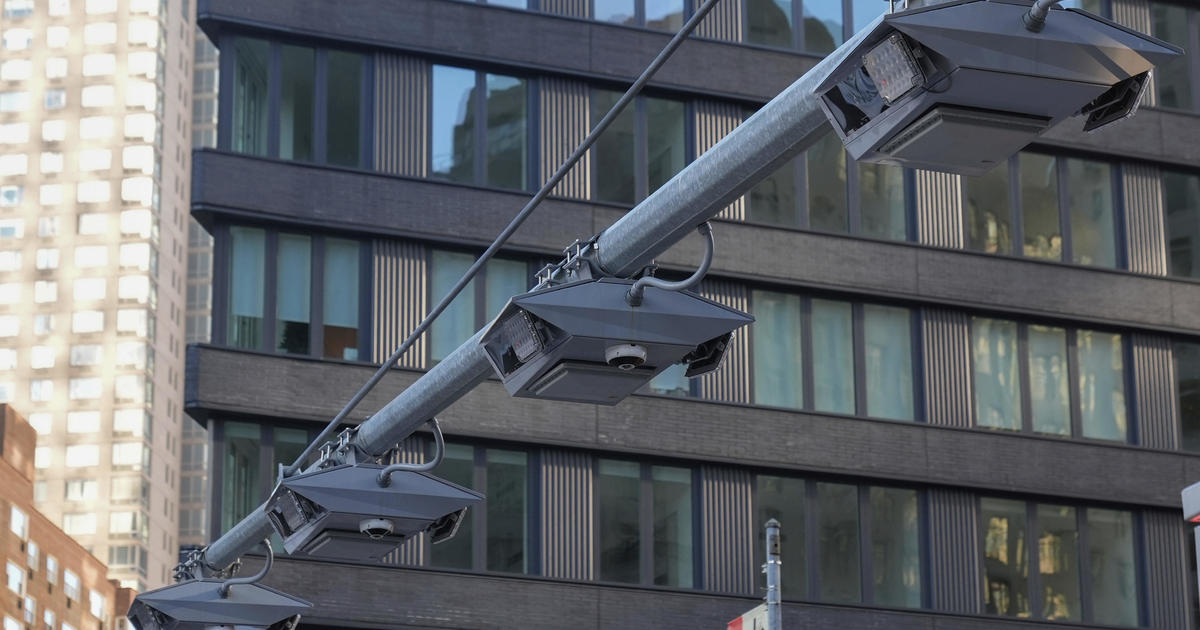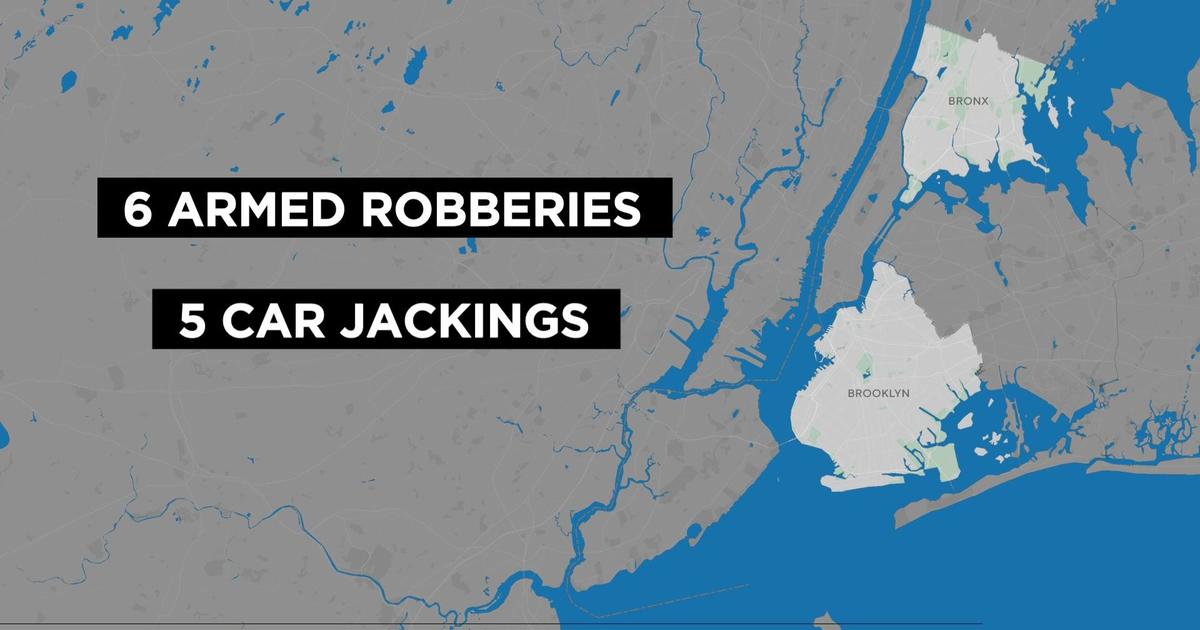While Mayor Says Closing NYC Streets Needed For Rise In Bike Riders, Actual Numbers Tell Another Story
NEW YORK (CBSNewYork) - More city streets are being closed to cars, and the city plans to add more bike lanes for people to use during the pandemic, but some commuters are worried what that will do to traffic once things start to reopen.
CBS2's Jenna DeAngelis went straight to the Department of Transportation commissioner to ask about what many are talking about now.
"I actually only really started cycling once the pandemic hit," said Mike Tirrell of Hells Kitchen.
Since his gym is closed, bike riding is how Tirrell now gets exercise.
"I definitely will continue this trend," he said.
He's happy to hear the city is adding nine more miles of temporary protected bike lanes, along with 12 more miles of open streets limiting through-traffic in places like West End Avenue at 87th Street on the Upper West Side so pedestrians and cyclists have more space.
The additional open streets and bike lanes bring the city's total to 30 miles since the program was announced in April.
The goal: 100 miles of open streets.
But not so fast, says Joe Hauser, who is from Eastchester, N.Y., but has to drive around the city for work.
"Right now it's much easier because there's barely anybody around, but if they're adding more bike lanes, then when things go back to normal traffic is going to be much more worse," he said.
Mayor Bill de Blasio discussed the expansion of bike lanes in a briefing on Wednesday.
"Many, many New Yorkers are choosing to use bicycles to get around, more than ever, as part of their everyday life," he said.
Citibike monthly ridership data shows ridership is actually down roughly 20% from last March to this March. April 2019 to 2020 was down about 60%.
- March 2019: 1,351,729 rides
- April 2019: 1,735,452 rides
- March 2020: 1,086,481 rides
- April 2020: 677,497 rides
May is also down so far by about 40%.
So is there an increase in bike riding in the city?
"There was," says DOT Commissioner Polly Trottenberg. "When the coronavirus first hit the city before the big lockdown, we saw bike ridership really spike up. As the pause came into place and a lot of people were staying home, we saw those numbers go down but the drop hasn't been anywhere near what we've seen in terms of mass transit drops and automobile drop."
MORE: De Blasio Announces Additional 12 Miles Of Open Streets And 9 Miles Of Temporary Bike Lanes
Is this emergency going to be a catalyst for closing off more streets in favor of bikes over cars for the future?
"I think certainly what we're seeing in other cities, China, Europe that are coming out of the epidemic, is there is a lag for people who want to get in mass transit, and certainly we want to make sure mass transit doesn't get overcrowded," she said. "People are turning more to walking and biking."
Advocacy group Transportation Alternatives, on board with open streets, worries about the future.
"Our biggest concern is actually that we're going to see a flood of cars and traffic in New York," said Danny Harris, TA's executive director. "As people step away from public transit, they're going to increasingly rely on cars."
Harris says believes open streets will do more than just benefit cyclists.
"We've long said our streets need to be a pathway for our city's economic recovery and we think this is a good step in the right direction and we need to expand," Harris said. "What we're seeing now is the restaurant industry is leaning into open streets as a platform to safely open small businesses, restaurants and bars, we're seeing those in the environmental movement for the first time seeing incredible clean air stepping into open streets, and we're seeing public health officials especially in the age of social distancing talking about open streets."
So what does the future of transportation look like in New York City? Trottenberg says these temporary bike lanes, put in place with cones and signs, would have to go through council to become permanent - the same for open streets.
"I'm sure some of them will stay and some of them will maybe go back to the way things were before the virus," said Trottenberg.
The DOT commissioner says Friday was the first meeting for the city's Surface Transportation Advisory Council, a group of transportation experts and advocates working together to figure out how to move forward and get people around the city safely.



